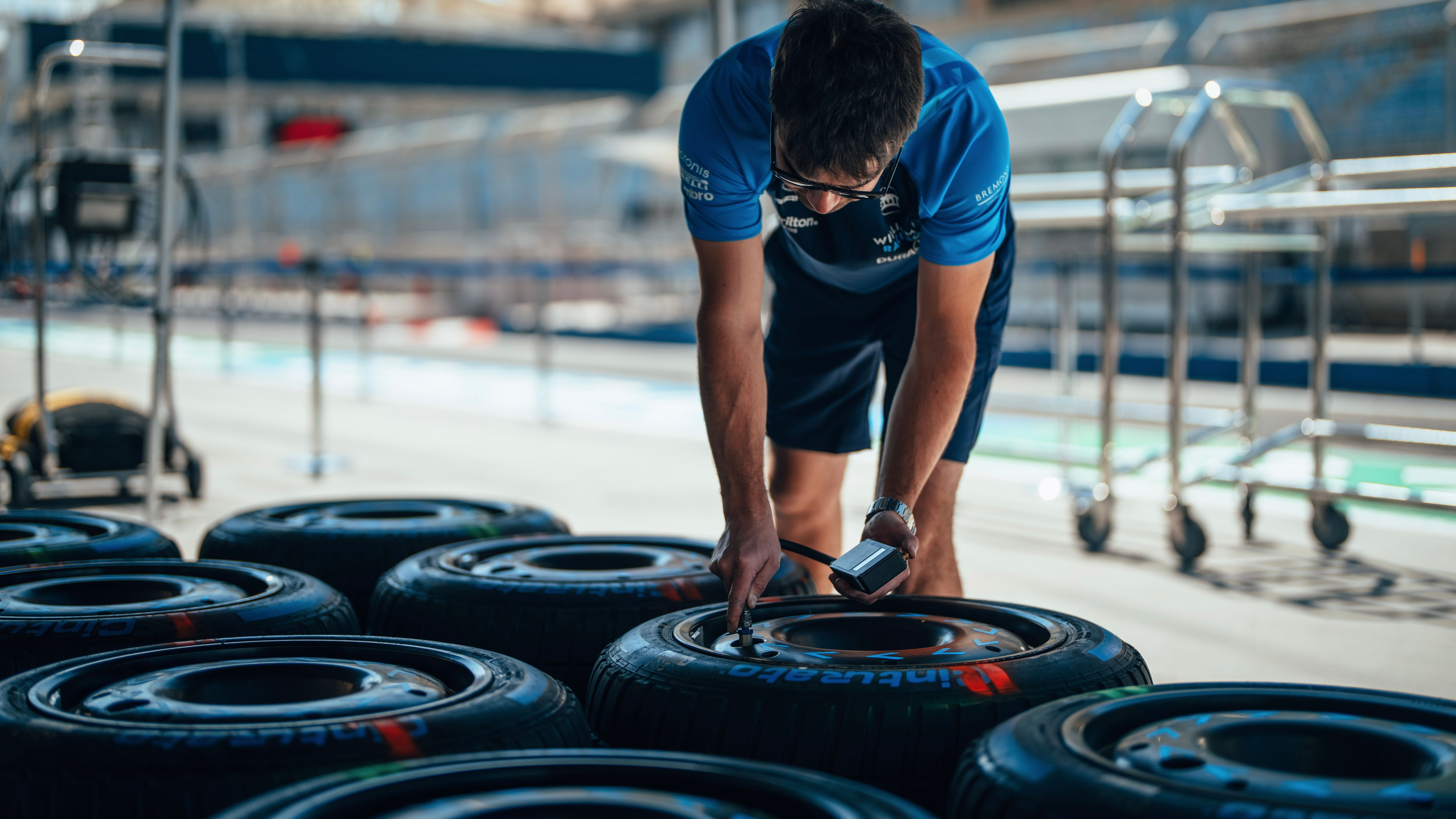All Categories
Featured
Table of Contents
The Michelin offered a comfy driving experience, characterised by receptive steering and a progressive understeer equilibrium. Despite the cooler testing problems, Michelin's constant time and hold over three laps suggests its viability for real-world applications.
The tyre's very first lap was a 2nd slower than the second, directing to a temperature-related grasp rise. For daily use, the Michelin might be a safer wager.
Leading Tyre Inspections – Yokine WA
It shared Michelin's safe understeer balance but lacked the latter's desire to transform. Continental and Goodyear's performances were notable, with Continental's new PremiumContact 7 revealing a considerable renovation in damp conditions contrasted to its precursor, the PC6. This design was far much less delicate to load changes and acted just like the Michelin, albeit with somewhat less interaction at the limitation.
It incorporated the secure understeer equilibrium of the Michelin and Continental with some stylish handling, showing both foreseeable and quick. As an all-rounder for this Golf GTI, Goodyear's Asymmetric range was the standout, demonstrating excellent efficiency in the damp. Ultimately, the Bridgestone Potenza Sport took the crown as the fastest tire, albeit by a small margin.
Drivers looking for an amazing damp drive may locate this tyre worth thinking about. The standout performer in damp braking was the newest tyre on test, the PremiumContact 7, though the results are nuanced.
Leading Tyre Checks Near Me – Yokine
Ideally, we desired the cold temperature test to be at around 5-7C, but logistical delays indicated we tested with an average air temperature of 8C and water at 12C. While this was cooler than basic test problems, it was still warmer than real-world problems. The warm temperature level test was done at approximately 18C air and 19C water.
The 3rd run included wet stopping tests on used tires, especially those machined to 2mm with a small run-in. While we intended to do even more with these used tyres, weather condition restrictions limited our screening. It's worth keeping in mind that damp stopping is most essential at the used state, as tyres generally enhance in completely dry problems as they use.

Bridgestone, Goodyear, and Michelin saw the least efficiency reduction when put on. The Hankook tyre registered the tiniest performance decrease as temperature levels cooled down, but it was amongst the most impacted when used.
Reliable Tyre Shop Services Near Me
The take-home message below is that no solitary tire mastered all facets of damp stopping, showing an intricate interplay of factors influencing tyre efficiency under different conditions. There was a standout tyre in aquaplaning, the Continental ended up top in both straight and rounded aquaplaning, with the Michelin and Goodyear additionally great in deeper water.

Yokohama could benefit from a little even more grasp, an issue possibly affected by the colder conditions. As for dealing with, all tires executed within a 2% array on the lap, showing their top notch efficiency (Long-lasting tyres). However, thinking about these tires basically target the very same client, it interests observe the substantial differences in feeling.
The shock is because the PremiumContact 6 was just one of my favourites for flashy completely dry drives, but its follower, the PremiumContact 7, appears elder and looks like Michelin's efficiency. Amongst these, Hankook was the least specific in guiding and communication at the limitation. Tyre packages. Both Michelin and Continental supplied wonderful preliminary steering, albeit not the fastest
If I were to suggest a tyre for a fast lap to a newbie, state my daddy, it would be one of these. After that we have the 'fun' tyres, specifically Yokohama and Bridgestone. Both were quick to guide and really felt sportier than the others, yet the compromise is a much more lively back end, making them extra tough to take care of.
Vehicle Tyres Near Me – Stirling
It gave comparable steering to Bridgestone but used far better comments at the restriction and better hold. The Bridgestone Potenza Sport, nevertheless, appeared to deteriorate quite quickly after just 3 laps on this requiring circuit. There's Goodyear, which positioned itself somewhere between the fun tyres and those having a tendency towards understeer.
All in all, these tyres are excellent performers. In terms of tire wear, the approach utilised in this examination is what the industry refers to as the 'gold requirement' of wear.
Both the Bridgestone and Yokohama tires dramatically underperformed in comparison to the various other 4 tyres in terms of rolling resistance, with Continental slightly surpassing the remainder. Pertaining to the comfort level of the tyres, as expected, most demonstrated an inverted correlation with handling. The Continental, Michelin, and Goodyear tires done ideal throughout various surface area kinds checked.

Bridgestone started to show indications of suppleness, while Yokohama was specifically disconcerting over craters. We did measure interior sound degrees; nonetheless, as is frequently the instance, the results were closely matched, and due to weather constraints, we were unable to perform a subjective evaluation of the tires noise. Finally, we looked at abrasion numbers, which determine the amount of tyre tread shed per kilometre, normalised to a one-tonne vehicle.
Tyre Sales (Yokine)
This number stands for the amount of rubber dust your tires produce while driving. Michelin led in this category, producing over 9% less rubber particle matter.
Latest Posts
Top Tyre Performance Near Me – Nollamara
Tyre Maintenance – Bayswater
Vehicle Alignment Near Me (Girrawheen)